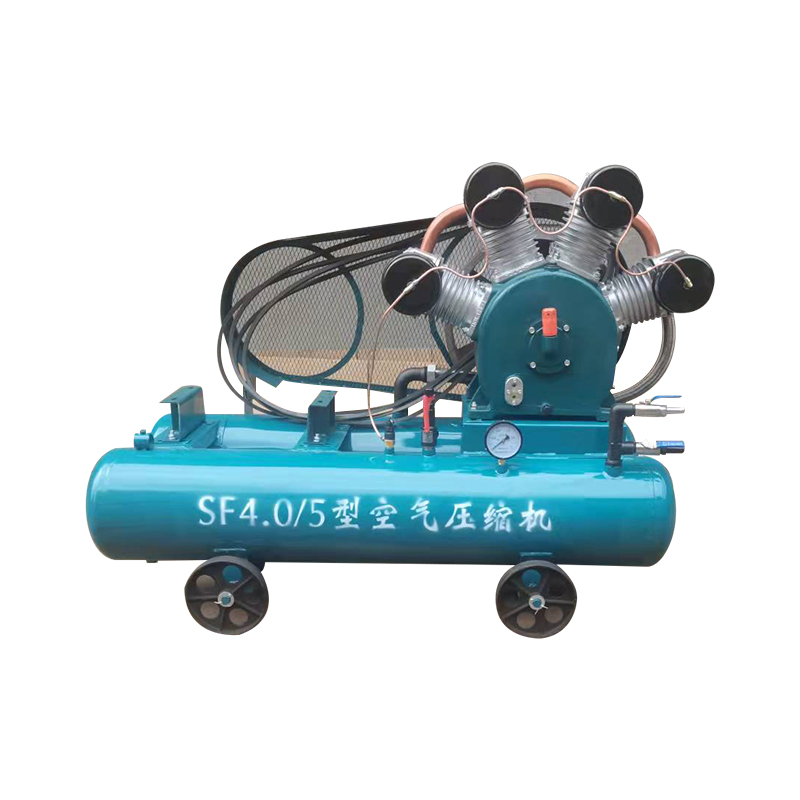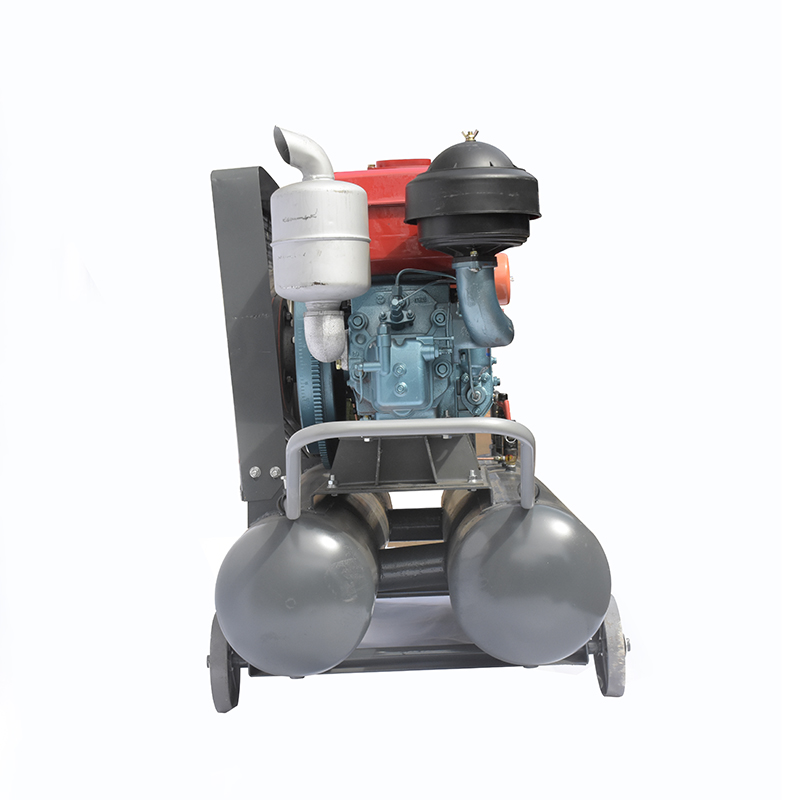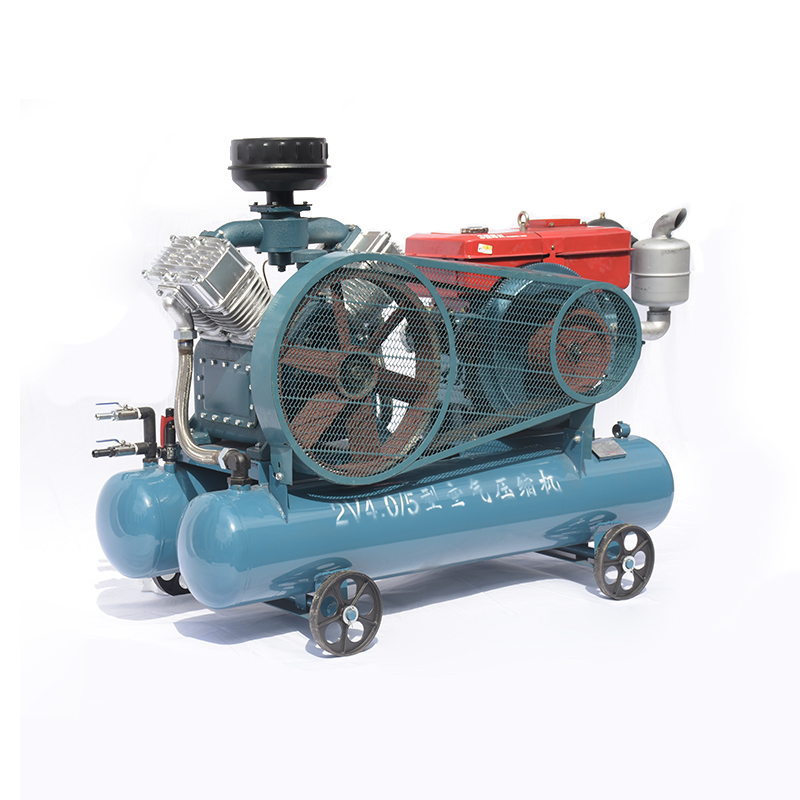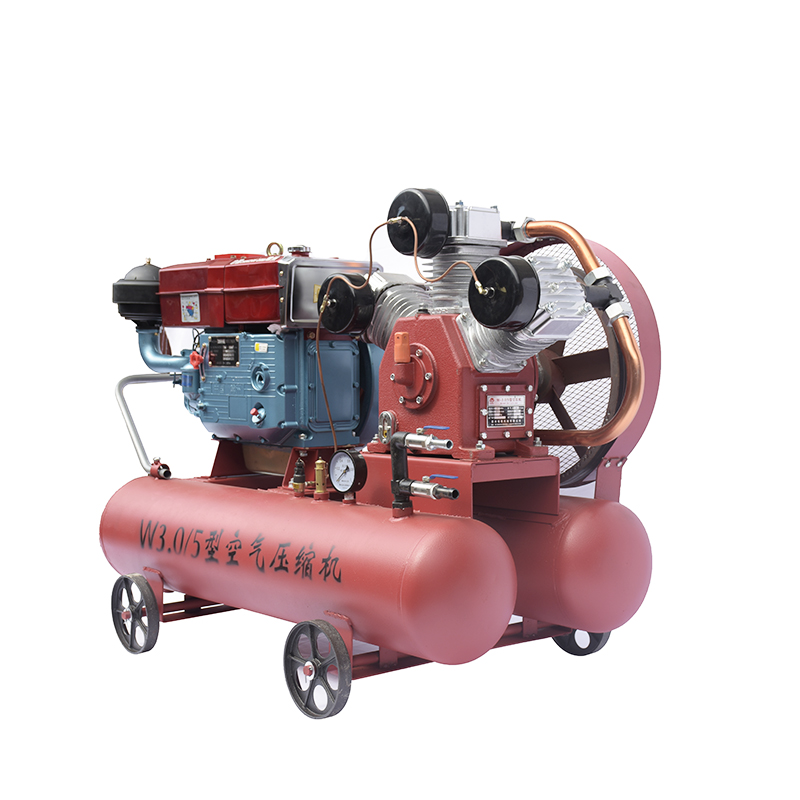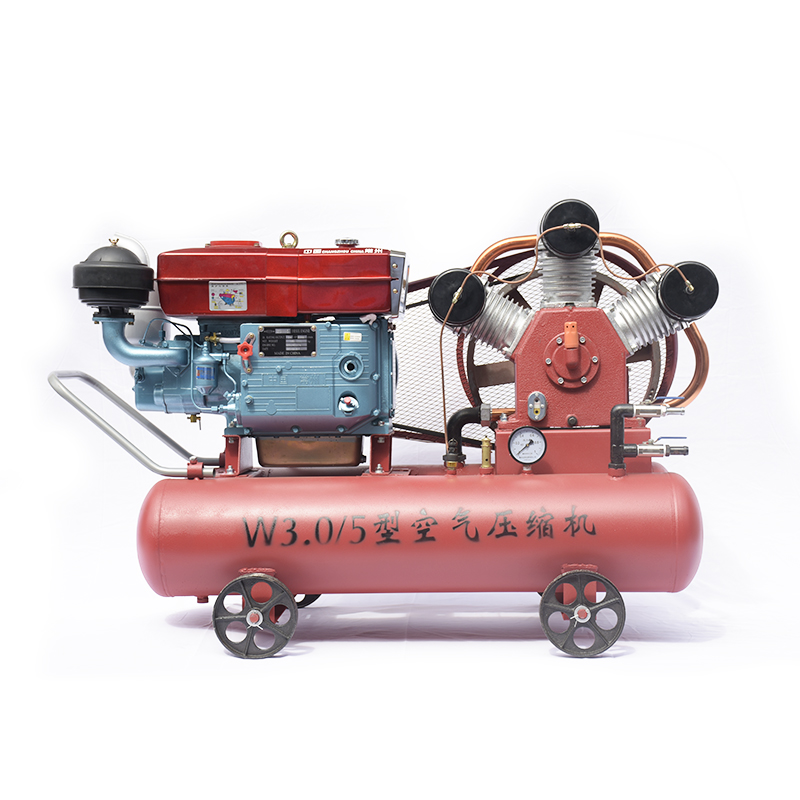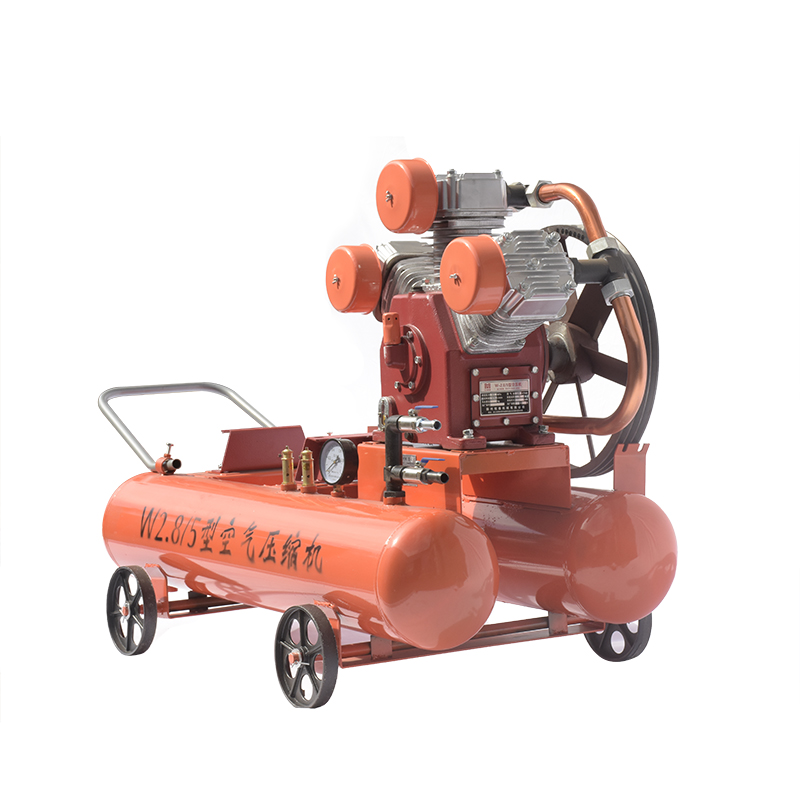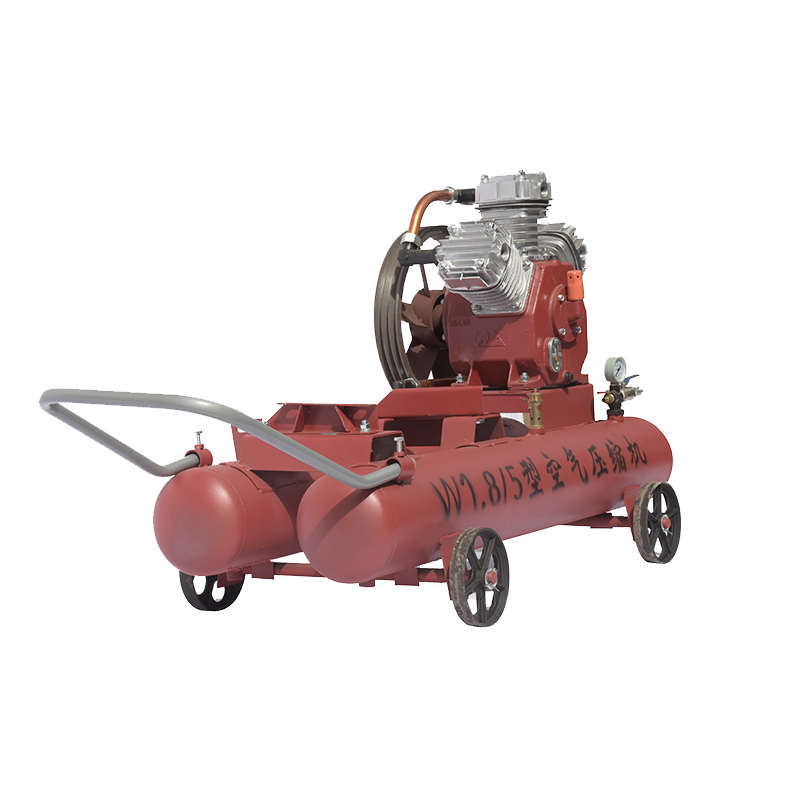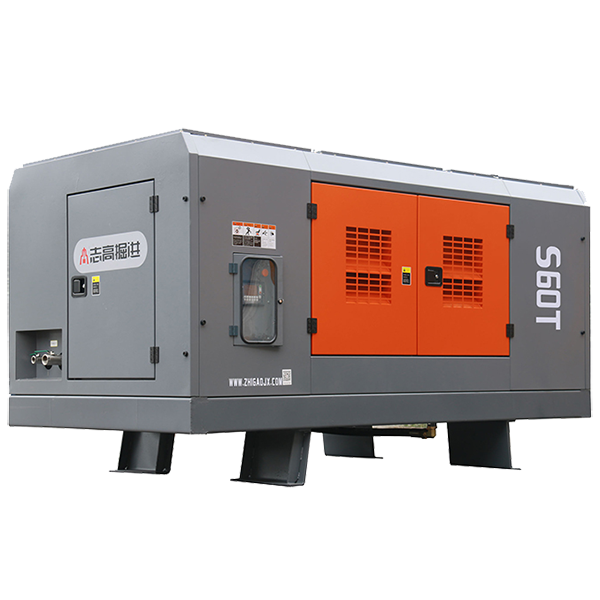Need a new air compressor but unsure of the perfect size? Reference an air compressor size chart and make the right choice! This chart can help pinpoint the ideal size for your requirements while saving time and money. Look out for mismatches, too small, or too large – and instead, press forward with a perfectly sized compressor just for you.
Need help choosing the right size air compressor? Using an air compressor size chart is a great way to figure out which model is right for you. The size of an air compressor generally depends on the amount of air it can compress. For example, a larger compressor has more capacity to squeeze in more air compared to a smaller model. But shopping for the best air compressor for your needs doesn’t have to be a guessing game –you can use a chart to get an overview of the different types of compressors and their capacities.
Shopping for an air compressor? Consider the type of air compressor you need – an industrial-grade will take up more space than a consumer-grade. To pick the right consumer-grade air compressor, check out its CFM rating. The number corresponds to the compressor’s size – the higher the CFM, the larger the compressor. Get the one that best suits your intended use!
If you’re in the market for an air compressor, size charts are important to consider. Playing a role in this decision-making process is the type of compressor you require. Generally speaking, rotary screw compressors are heftier than reciprocating ones. If you need ample air pressure, opt for a rotary screw. Conversely, if the desired pressure level is low, a reciprocating compressor is your best bet.
Once you have established the type of air compressor you need and its CFM rating, taking a look at the size chart should guide you to the compressor for the job. Typically, air compressors are sorted into three sizes: small, medium, and large. The size chart will provide specs for each category and its capacity to compress air. A small compressor can be used for up to 5 CFM, while the medium version specializes in pressures up to 10 CFM. As for the large-scale compressor, it has a knack for compressing air up to 20 CFM.
Before scouring air compressor size charts, consider the projects for which you intend to use the compressor. The preferred compressor will differ depending on the application: for instance, if your goal is inflating tires, you will require a model with significant pressure capacity. By contrast, to power tools, you must invest in a compressor providing lower pressure.
Consulting an air compressor size chart can be a valuable use of time and resources. By doing so, you can make sure you don’t end up spending more money than necessary on a unit that’s either too big or too small for your requirements. Carefully evaluating the size chart can guarantee that you get the appropriate sized compressor for your needs.
When it comes to air compressors, there is no one-size-fits-all solution – the ideal size for a given task depends on the application and desired outcome. An air compressor size chart can prove useful in understanding what size is required; such a tool measures the possible capacity of an air compressor against its potential output, thereby providing guidance to prospective buyers. With an appropriate air compressor size chart, individuals can determine just what size air compressor is best for them.
Unveiling the Mystery of Air Compressors
An air compressor is a tool employed to produce pressurized air and release it into a designated area. Typically functioning as a power source for pneumatic machines and tools, an air compressor utilizes compressed air which it stores in a tank. When the pressure within the tank culminates to a particular point, the compressor stops, allowing the stored air to escape.
Different Varieties of Air Compressors
Air compressors come in various styles, each designed to provide specific features and purposes. Quite possibly the three most common choices are reciprocating, rotary screw, and centrifugal models.
To facilitate the process of compressing and storing air, Reciprocating air compressors make use of pistons. Commonly seen in the industry providing energy for light-duty equipment, such as aviation tools and small pneumatic tools.
Two interlocking screws, spinning in the opposite direction of one another, create the operation of a rotary screw air compressor. This apparatus is typically employed in industrial circumstances, like powering complex pneumatic tools or factories operating on a large scale.
Employing centrifugal forces, air compressing machinery utilizes a rotating impeller to take in and store pressurized air. This technical approach is widely used in industrial settings, often for operating massive machines or entire production processes.
Uncover the Appropriate Air Compressor Measurement
A helpful air compressor size chart is available to assist in matching the capacity of an air compressor to the amount of air it can generate. This can help you ascertain which size of compressor is necessary for your requirements.
The size of an air compressor is determined by the CFM, or cubic feet per minute. This specification measures how much air can be delivered by the compressor within a single minute, and the higher the CFM number, the more ample the volume of air released.
When size-shopping for an air compressor, bear in mind the motor capability and psi rating. The former is a measure of the machine’s wattage, while the latter quantifies how much compression the compressor is capable of producing.
If you want to find the right compressor for your needs, a good place to start is an air compressor size chart. Depending on the tasks you need it to complete, you will need a compressor with a different CFM and horsepower rating. For light-duty applications, like powering hand-held tools, a unit with lower ratings should suffice. On the other hand, for heavier applications such as driving major fabrication machinery or dealing with industrial production, you will need to opt for a more powerful compressor that can handle both higher CFM and horsepower ratings.
Selecting the most suitable air compressor for a specific application can be daunting, but a helpful tool is available – an air compressor size chart. By comparing an air compressor’s capacity to the amount of air it can produce, this chart can offer information on its horsepower and the psi (pressure that is exerted by its contents). So depending on the job at hand, consulting an air compressor size chart can assist in identifying the appropriate equipment.
Post time: 2023-08-09


